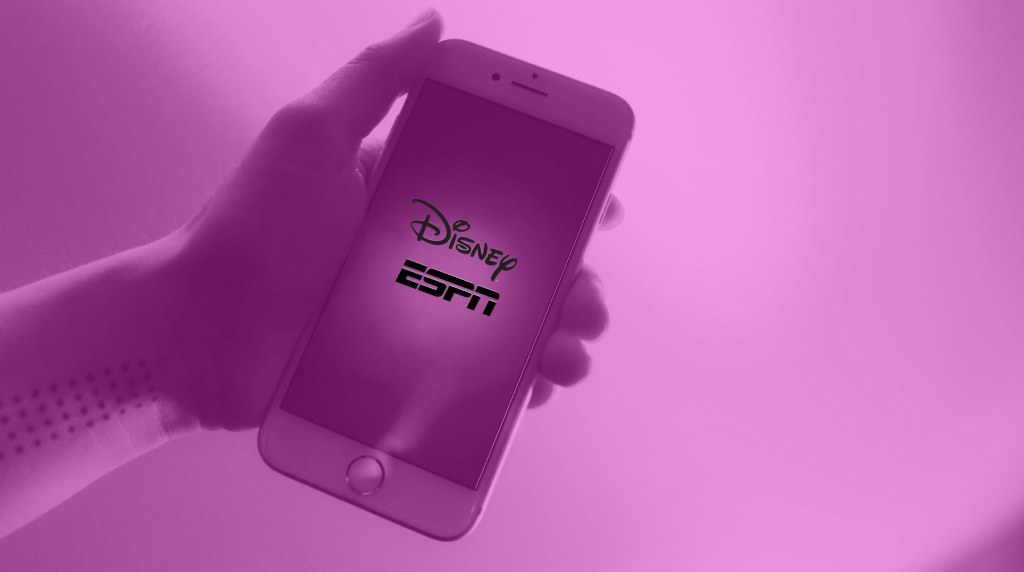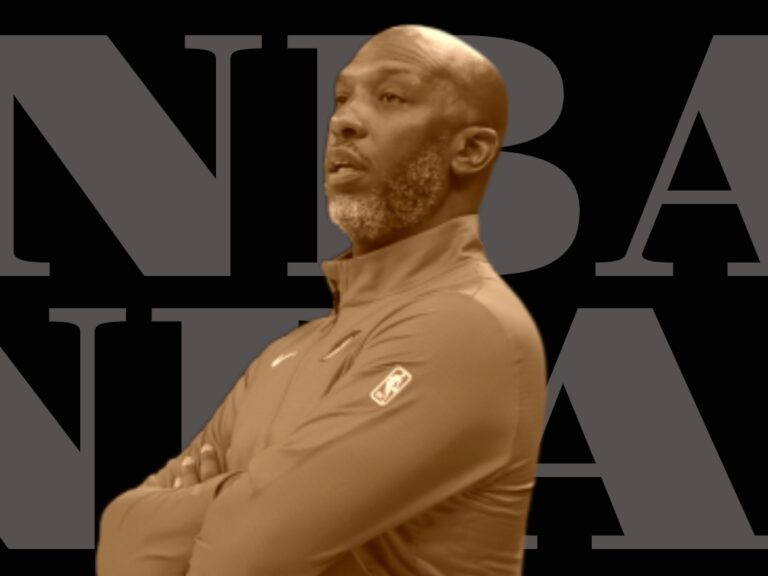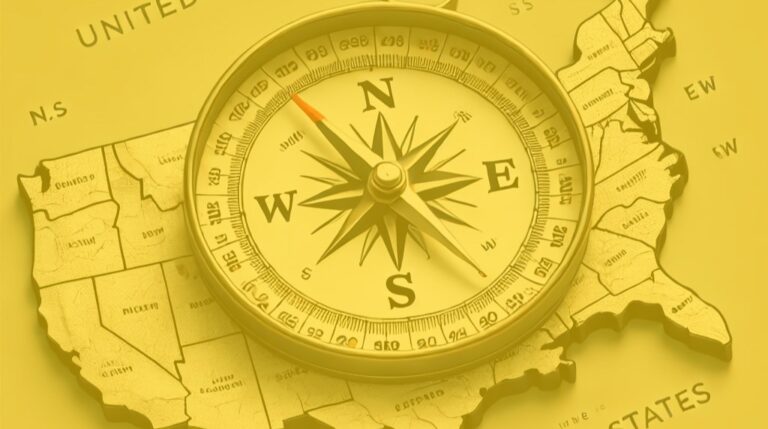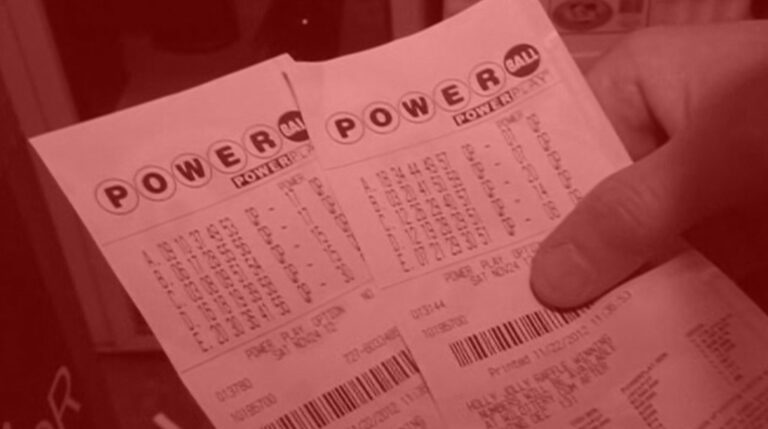
ESPN direct to consumer app
The launch of ESPN’s standalone streaming app this month wasn’t just another tile on your smart TV’s home screen. It was a tectonic shift, the moment the Worldwide Leader in Sports finally offered its crown jewels—the live channels that have propped up the cable bundle for decades—directly to the consumer.
For the first time, you can get Monday Night Football on your phone without proving you subscribe to a cable company, a satellite provider, or a live TV streaming service. While many have framed this as the long-dreaded “death of cable,” the app’s true destiny is likely far more transformative and lucrative. This new platform isn’t just a new way to watch sports; it’s the perfect Trojan horse to create a fully integrated, one-stop-shop for sports consumption and sports betting. It is almost certainly going to morph into a sportsbook.
Mickey Mouse is just fine with gambling now
For years, Disney, ESPN’s parent company, danced around the edges of the sports gambling explosion that followed the Supreme Court’s 2018 ruling. But the music has stopped, and the company has found its partner. The massive, multi-billion dollar deal with PENN Entertainment to create and launch the ESPN BET sportsbook was the point of no return. Disney is no longer just a media company that covers sports; it is a media company that is fundamentally intertwined with the business of wagering on them. The old firewall between content and betting has been bulldozed. Now, the only question is how to make the synergy between the two as seamless and profitable as possible.
The new standalone app is the answer.
One app for everything you want to do
Consider the current, slightly disjointed user experience. A dedicated fan downloads the new ESPN app and pays their $30 monthly fee to watch a college football game. They see odds and betting lines flash across the bottom of the screen, a constant feature of ESPN’s programming, all powered by its partner, ESPN BET. To act on that information, the fan must close the app, open the separate ESPN BET app, log in, find the game, place their wager, and then switch back to the broadcast. It’s a process that, in the fast-paced world of live sports and in-game wagering, is rife with friction.
Why would Disney and PENN tolerate this inefficiency? The logical endpoint, and the one they are undoubtedly moving toward, is a single, unified experience. Imagine watching that same game within the ESPN app. The live odds from ESPN BET aren’t just a graphic; they’re interactive. A “BET NOW” button appears next to the point spread. With a single tap, a bet slip overlays on the screen, pre-populated with the wager. You confirm with Face ID, and the bet is placed using your single, unified Disney/ESPN account and wallet. You never have to leave the stream.
This isn’t a far-fetched fantasy; it’s the inevitable fusion of content and transaction. PENN Entertainment has the right to place ESPN BET odds anywhere on any screen owned by Disney or ESPN. The most valuable screen of all will be the one where the live action is unfolding. By folding the sportsbook directly into the streaming app, ESPN can convert a passive viewer into an active bettor in a matter of seconds.
This strategy aligns perfectly with Disney’s broader business goals. The genius of ESPN’s old model was its ability to tax the entire cable-subscribing public. The network collects around $15 per subscriber, per month, from roughly 60 million households—many of which include people who couldn’t care less about sports. That model is in terminal decline. The new DTC app is designed to capture the “60 million-plus people that are on the sidelines,” as ESPN President Jimmy Pitaro puts it—the cord-cutters and cord-nevers.
ESPN BET will just be another brand on your channel guide
These are not accidental subscribers. They are dedicated, passionate sports fans willing to pay a premium for content they can’t get elsewhere. This is precisely the demographic most likely to engage in sports betting. By integrating the sportsbook, ESPN isn’t just selling a subscription; it’s creating an ecosystem. A single account could manage your streaming service, your betting wallet, your fantasy leagues, and even merchandise purchases. This “one-wallet” experience simplifies everything for the consumer while providing Disney with an unprecedented amount of data and multiple avenues for monetization from its most engaged customers.
The launch of the standalone app is the foundational step. It establishes the direct relationship with the consumer, cutting out the cable middleman. The next logical, and most profitable, step is to build the sportsbook directly on top of that foundation. Why force consumers to download two separate apps, maintain two separate accounts, and manage two separate wallets when a single, elegant solution is possible? The future of sports media is not just broadcasting games; it’s facilitating interaction with them. For ESPN and Disney, that interaction will be transactional. The new ESPN app is the beginning, but its final form will almost certainly be a sportsbook with a streaming service attached.






